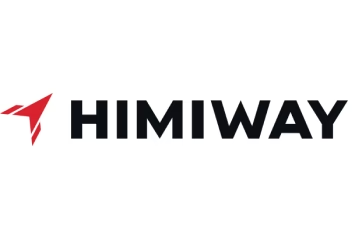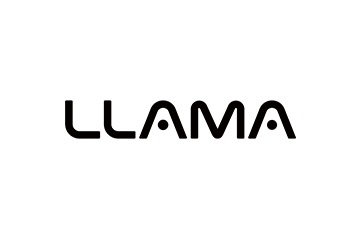An internal hub is a gear system built into the rear wheel hub, offering smooth, low-maintenance shifting and protection from the elements, ideal for urban or commuting bikes. A transmission (typically a derailleur system) uses an external mechanism to shift the chain across multiple cogs, offering a wider range of gears, but requires more maintenance and is exposed to dirt and weather.
This is more of a personal preference rather than a set in stone range. We recommend 15-20 psi if on pavement and 10-15 psi if off-road and 8-10 psi if you are in very soft conditions like snow or sand. Which tire pressure works best for you also depends on rider weight and if you are pulling a trailer. These ranges are just general guidelines. Disclaimer: Our bikes have tubes in the wheels and the lower the air pressure you run the more susceptible you are to getting flats due to the tube pinching.
External Gears: Bikes that have a standard external gearing system should not click unless you are coasting and not pedaling.
Internal Gear Hubs: It is normal for internal geared hubs to click even when pedaling forward. This is because unlike external gears where there is only one clutch system with spring loaded pawls, (The things that make the clicking noise), there is a separate clutch for each internal gear. For example if you are in second gear and pedaling, your first and third gear are not engaged and therefor their pawls will be clicking.
One added piece of info: The hub may be silent when pedaling forward for the first couple miles or the first one hundred miles. This is caused by excess grease getting in to the clutch system during the manufacturing process. It is NOT recommended to take the hub apart.
The top speed of your bike will depend upon your model of bike, motor, rider weight, terrain and cargo but on average our bikes go 20-30 mph.
Many internal hub gears, especially when coasting, make a clicking sound due to the engagement mechanism. This is common in some hub designs, where pawls inside the hub engage and disengage, producing that clicking noise
When the order was placed if you gave us an email address you should have received an order confirmation. Once the item is fulfilled in our warehouse you will receive another email with tracking/shipping information of your order. Once you have that tracking number you can track the order through the shipper to see an expected delivery date.
You can charge the battery separately or directly on your e-bike at any time without shortening its lifetime. Only use the supplied charger or an identical charger for charging. Interrupting the charging process does not damage the battery. All of our batteries are characterized by long-lasting energy storage with no charge memory.
The charging time depends on the capacity of your battery and the charging current of your charger. The approximate charging time can be calculated as follows: Capacity of the battery in ampere-hours (e.g. 16Ah) divided by the charging current of the charger in ampere (e.g. 4A) = approximately 4h charging time. The higher the charging current of the charger, the faster the battery is charged.
A battery management system is integrated into the batteries to protect them against overcharging, undervoltage and overheating. Single cell monitoring ensures safe, reliable and gentle charging.
No, batteries are only compatible within their own product line and cannot be used with other models or brands.
Currently, we only provide FREE shipping to the lower 48 states in the US. Currently, we cannot ship to Hawaii, Puerto Rico, and Alaska. And we DO NOT ship to PO BOXES or APO.
In-stock orders typically ship the next business day, unless otherwise noted on the product page. In the rare cases, there may be a slight delay in shipment and you do not receive your order within 14 business days, feel free to contact us at support@llamabike.com.




























